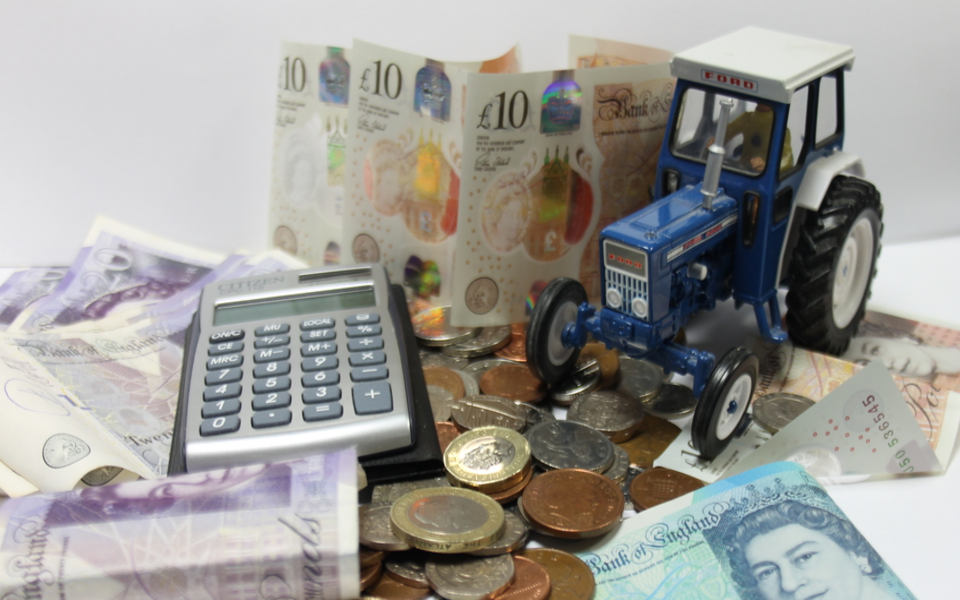Agflation – the term coined to reflect inflation with regards to agricultural inputs – now stands at 18.7% annually, according to The Andersons Centre’s latest findings.
This is significantly higher than agricultural outputs (11.1%), which shows that UK agriculture continues to experience a cost-of-farming squeeze.
Furthermore, the centre said that agflation continues to outpace general economic inflation (CPI) and food prices (CPI Food).

Although agflation remains higher than food prices, it is declining. According to The Andersons Centre, agflation peaked in July 2022 at 26.3%.
However, the problems lays in the gap between ‘agflation’ for agricultural inputs and inflation regarding agricultural outputs – which is widening.
“This signifies a challenging period ahead for farmers as the gap between input cost rises on the one hand and output prices on the other continues to widen,” The Andersons Centre said.
“Whilst general economic inflation looks to have peaked and several commentators are forecasting that the inflation rate will decline significantly during 2023, food prices continue to rise,” it added.
Yesterday (Tuesday, January 31) Agriland reported on the International Monetary Fund’s (IMF’s) January World Economic Outlook, which forecasts that 84% of coutnries are expected to have lower inflation in 2023 than 2022, and that global inflation is set to fall from 8.8% to 6.6%. And, also yesterday, Kantar said that UK grocery inflation is at its highest level since 2008, when it starting keeping tabs.
Inflation and the impact of the cost-of-living crisis on UK agriculture will be key themes of The Andersons Centre’s spring seminars taking place across 11 UK venues from February 24.
The seminars will also examine UK farming’s profitability and performance, upcoming policy changes and trade, aswell as providing a sector-by-sector analysis and profitability outlook for the farming industry.
The Andersons Centre is a consultancy for agricultural professionals.

